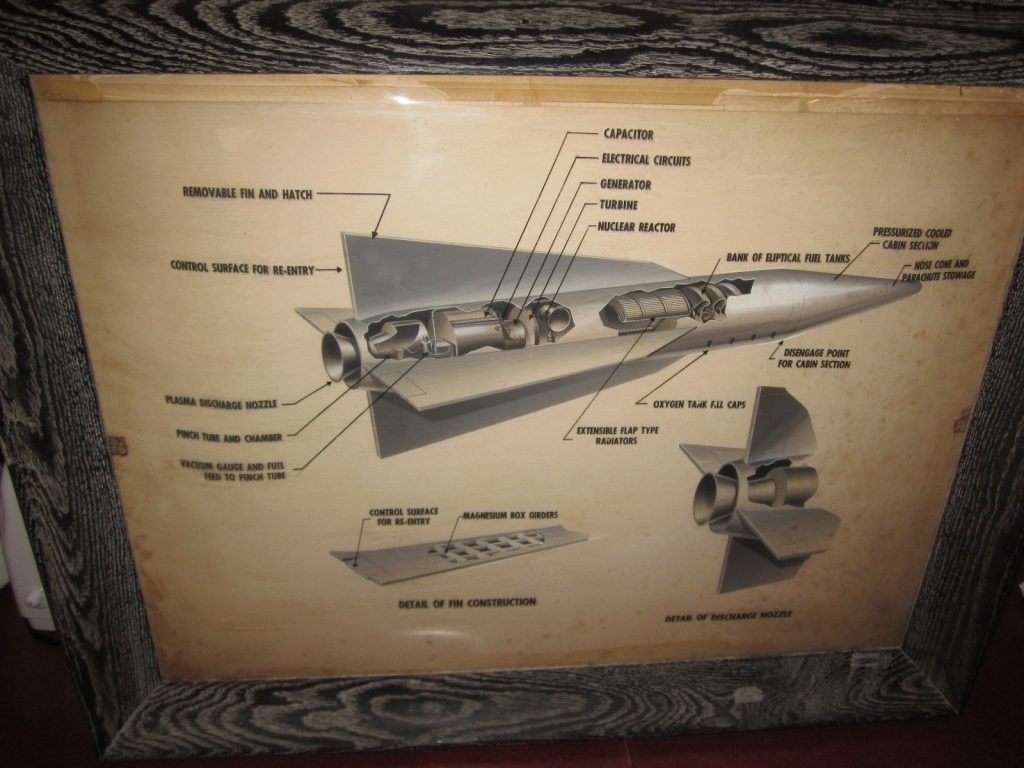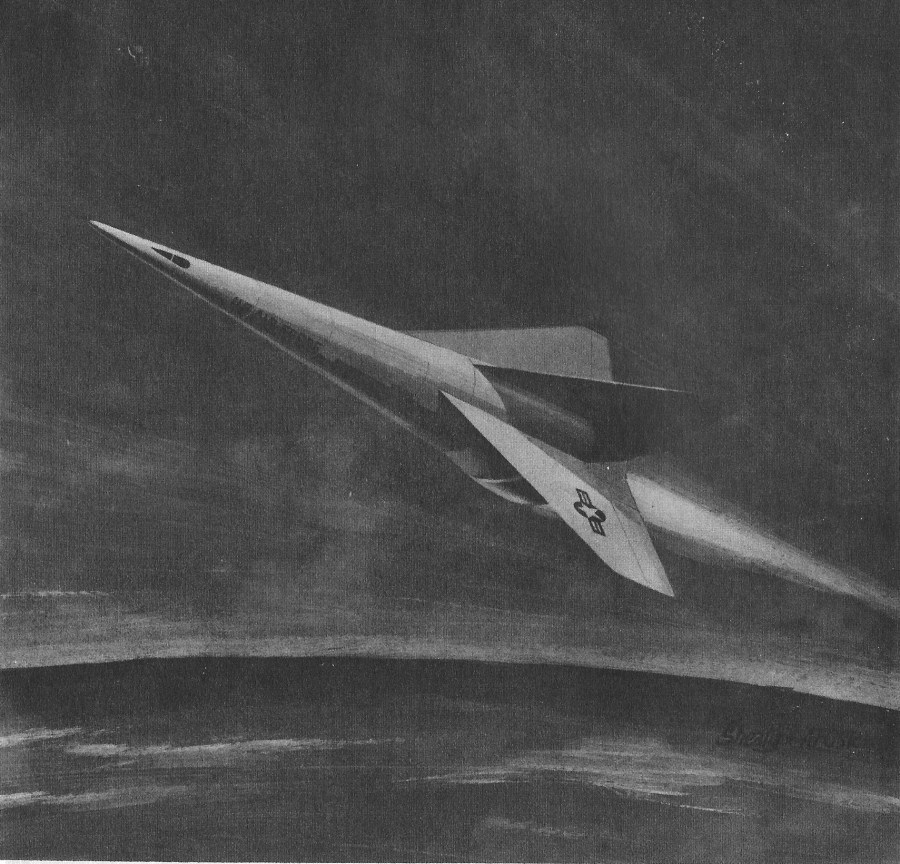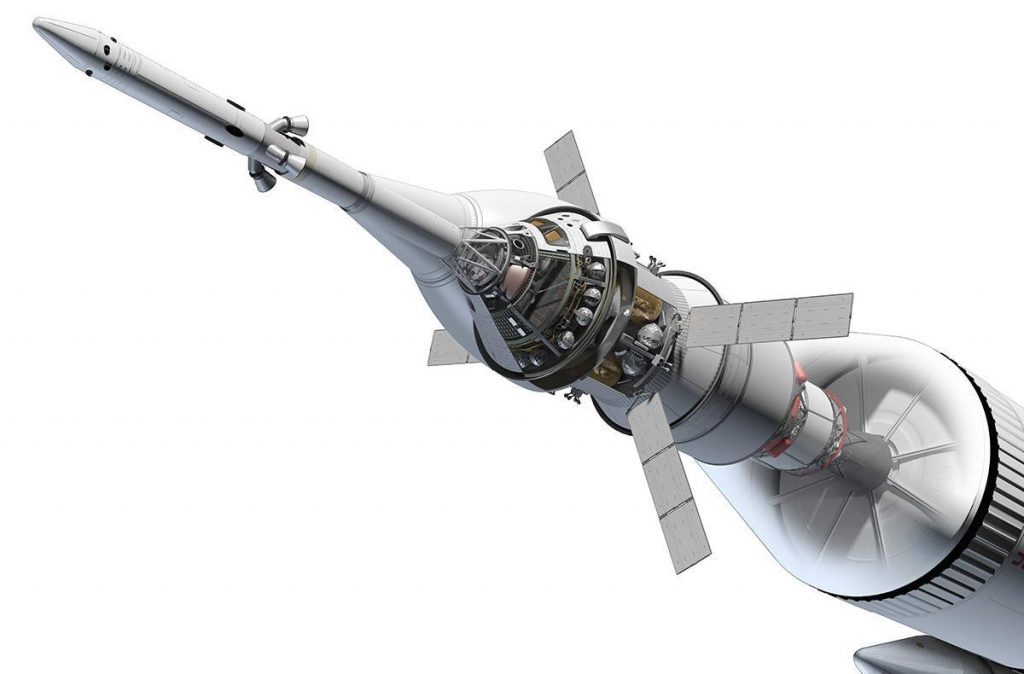A 1948 USAF film documenting JATO units – liquid propellant rocket packs – for use on the B-29. four such units, two under each wing, would give the B-29 some substantial additional get up and go, along with giving it a spectacularly firey takeoff roll.
SpaceX launched and landed again today. This time the booster was a new one; the grid fins used to control flight after re-entry were made out of titanium rather than aluminum. This should make them more durable.
Seems SpaceX is getting reasonably good at launching rockets.
Once again they’ve launched and landed a Falcon 9 that they had already launched and landed before…
Here’s something interesting on eBay:
AQM-37C Jayhawk Real Target Drone. Full size. Not a mock up.



The AQM-37 used a hypergolic liquid rocket motor, which I would imagine isn’t included here. With some effort I imagine it could be replaced with a hybrid rocket motor and turned into the most badass RC airplane around.
How to yank the reader right out of the story
Over the last week or so there have been a whole lot of stories about Elon Musks plans for colonization of Mars. Good, great, fine. But some stories are better than others. And one way to get into the “others” category is to have some factual error or just plain bad writing. For example:
Elon Musk claims Mars colony dreams critical to avoid ‘Doomsday’ event
Out of all the options currently open to us, Venus is a cooking pot of pressure and acid, Mercury is too close to the sun and the planet’s moons are difficult to reach…
The moons of Mercury are hard to reach? Yeah, I imagine they are. They’re as hard to reach as Alderaan, Dune and The Land Of Honest Politicians.
It is estimated that sending a single person to Mars could cost up to $10 billion at the moment. … Therefore, Musk wants to eventually reduce the cost to the average price of a house in the US — roughly $200,000 — but in order to reach this goal and slash the expense by five million percent, a number of steps will need to be taken.
Errrrrmmmm… cutting a price tag from $10,000,000,000 to $200,000 is cutting the cost by 99.998%, not “five million percent.” If you cut the cost of something by 100%, you make it free. If you cut it by *more* than 100%, you actually get paid.
Here’s an interesting one: a detailed large-format diagram of the US Space Shuttle orbiter… as drawn up by Soviet draftsmen in 1976. Interestingly, the top view includes, in red, the basic outline of the Soviet “Buran” shuttle orbiter. A surprisingly high-rez version of this diagram can be FOUND HERE.
The diagram is not entirely accurate, especially with regards to the OMS pod. The rear end of the pod in the side view is distinctly inaccurate. But note the faint lines just ahead of the OMS pods in the top and side views. One of the last noticeable changes to the Orbiters configuration was the change to the forward end of the OMS pod; originally, the pods continued forward onto the cargo bay doors. This continuation was just an aerodynamic fairing; all the equipment an tanks were in the pod aft of the doors.
Dating from about 1963-63, this is a depiction of a high-altitude research aircraft equipped with “composite air-augmented turbo-jets” for launch and rockets for “near-space operations.” The general configuration was used many times over the decade, typically for scramjet powered aircraft. This was painted by Pat Shealy, chief of the Presentations Division, Air For Office of Scientific Research at Wright-Patterson Air Force Base.
An old (1962 or before) piece of concept art from Kaman illustrating their “ROMAR,” a helicopter meant for Mars exploration. It appears to be powered by rotortip rockets, a decent enough approach for this sort of thing. However, this was before Mariner mars ’64, when the understood density of the Martian atmosphere dropped by more than a factor of ten. As a result, a helicopter like this would need to be made fabulously low-weight in order to fly, something improbable given the needs of a manned vehicle.





